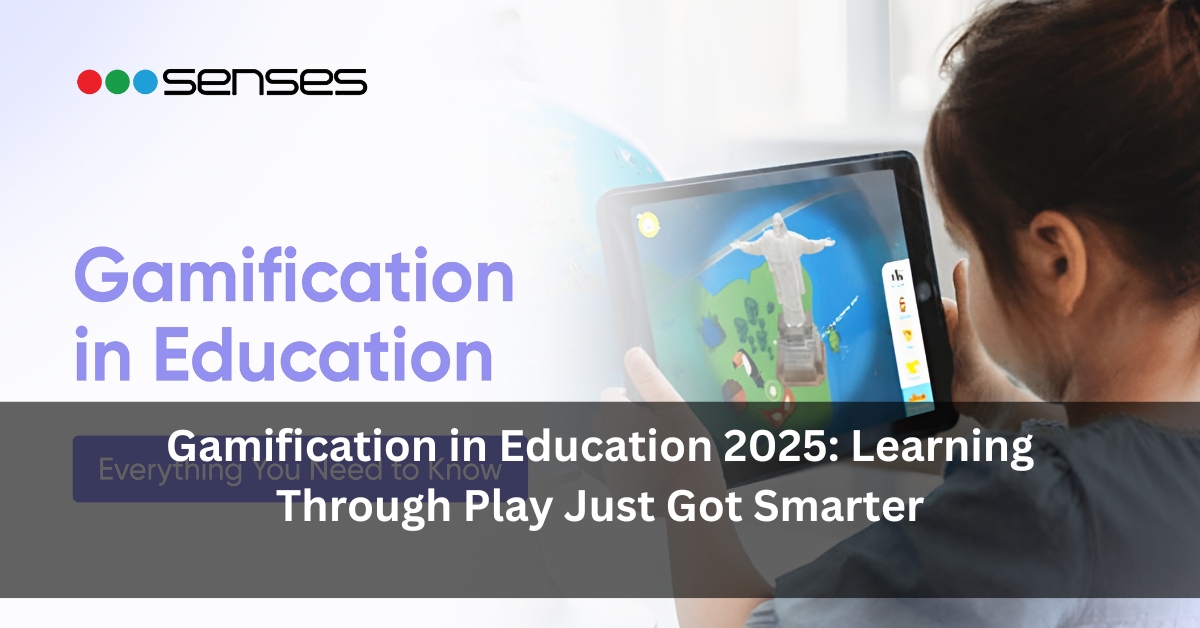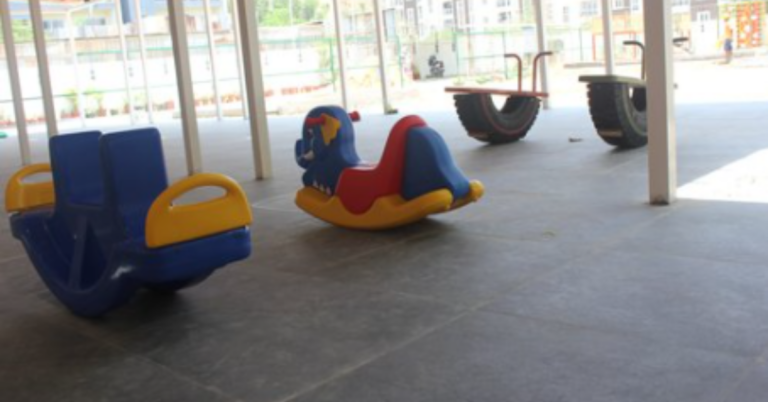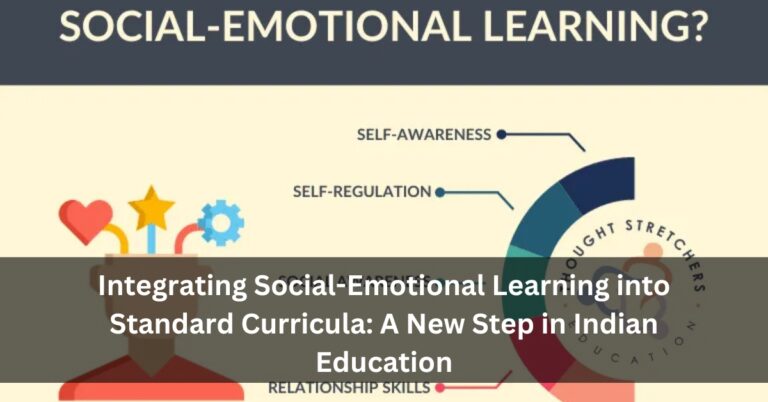Gamification in Education 2025: Learning Through Play Just Got Smarter
Gamification in education is changing the way students learn across India. Instead of plain books and lectures, teachers are turning learning into fun experiences through games, rewards, and digital challenges. This approach not only makes students excited to study but also improves their understanding and focus.
If you’re a student, parent, or educator, this guide on Blog Lovin will help you understand how gamification works, what tools are trending in 2025, and how it can benefit the Indian classroom.
What is Gamification in Education?
Gamification means adding game-like elements to learning. These can be points, badges, leaderboards, or even fun quizzes and puzzles.
Instead of just reading or listening, students play and earn rewards for completing tasks. This keeps them motivated and involved in what they’re studying.
Why It Works: Key Benefits of Gamified Learning
Gamification isn’t just fun — it’s powerful. Here’s why many Indian schools and coaching centres are embracing it:
| Benefit | Impact on Students |
| Better Focus | Students stay alert and interested |
| More Participation | Even shy students take part through games |
| Improved Memory | Information sticks better when learned with play |
| Boosts Confidence | Small wins in games make students feel capable |
| Happy Parents & Teachers | Easier to track progress and encourage effort |
Gamification in Indian Classrooms: Real Examples
India is quickly adopting gamified education, both in urban schools and rural setups. Here are a few success stories:
1. Sampark Smart Shala (Rural India)
This initiative by Sampark Foundation adds music, stories, and games to maths and English lessons in government schools. It has reached over 1 crore students.
2. BYJU’S and Toppr (Online Learning Apps)
These popular Indian apps use badges, levels, and fun videos to keep kids interested in tough subjects like physics and chemistry.
3. Codingal & WhiteHat Jr (Tech Learning)
Teach kids to code using a level-up system similar to video games. Students complete coding challenges and unlock new skills.
Trending Gamification Tools in 2025
Want to bring gamification into your learning routine or school? These tools are making waves in Indian education:
| Tool | What It Offers |
| Kahoot! | Game-based quizzes for live classroom fun |
| Quizizz | Interactive quizzes with instant feedback |
| Duolingo | Learn languages with daily streaks and badges |
| ClassDojo | Build classroom culture with points and feedback |
| Moodle LMS | Offers gamified e-learning features |
Gamified Subjects Beyond Academics
Gamification isn’t just for maths or science. Here’s how it’s used across different areas:
- Moral Values: Role-playing games teach empathy and honesty.
- History: Quiz battles and storytelling games make timelines exciting.
- English: Word-building and vocabulary treasure hunts boost language skills.
How Teachers and Parents Can Get Involved
You don’t need to be a tech expert to start gamifying learning at home or in the classroom. Here’s how you can help:
- Reward small achievements: Use stickers, stars, or smiley charts.
- Make quizzes fun: Use colorful flashcards or online quiz tools.
- Use storytelling: Turn lessons into short stories with characters and plots.
- Keep it short: Games should be quick and simple to keep attention.
Challenges to Keep in Mind
While gamification has many benefits, it’s important to balance play with purpose.
- Too much screen time: Avoid overuse of phones and tablets.
- Focus on learning, not just rewards: Praise efforts, not just points.
- Not every student learns the same way: Mix games with other methods.
The Future of Gamified Learning in India
Gamification is only going to grow, especially with support from the New Education Policy (NEP) 2020, which encourages creative and fun learning.
We can expect:
- More government apps with regional language support
- AI-based learning paths based on student performance
- Blended classrooms with smart boards, VR kits, and AR games
From nursery classes to competitive exam prep, gamification will play a big part in making education accessible and enjoyable for all.
Frequently Asked Questions (FAQs)
Q1. Is gamification only for younger kids?
No, it works for all ages — from kindergarten to college and even corporate training.
Q2. Do students take games seriously?
Yes. When used well, games motivate students to work harder and reach goals.
Q3. Is gamification expensive?
Not always. Many tools like Quizizz and Kahoot are free. Even low-cost rewards like stickers or extra playtime can motivate.
Q4. Will schools in small towns benefit too?
Definitely. With basic mobile phones and offline tools, teachers can create simple but effective gamified lessons.
Final Thoughts from Blog Lovin
Gamification is more than a buzzword. It’s a way to turn boring lessons into exciting adventures. Whether you’re in a village school or a city coaching centre, the power of play can transform learning.
Want to keep up with the latest in education trends and classroom tools?
Visit Blog Lovin for regular updates, guides, and practical advice.
✅ Bookmark Blog Lovin
✅ Share with parents, teachers, and students
✅ Learn smarter, not harder — through play!







